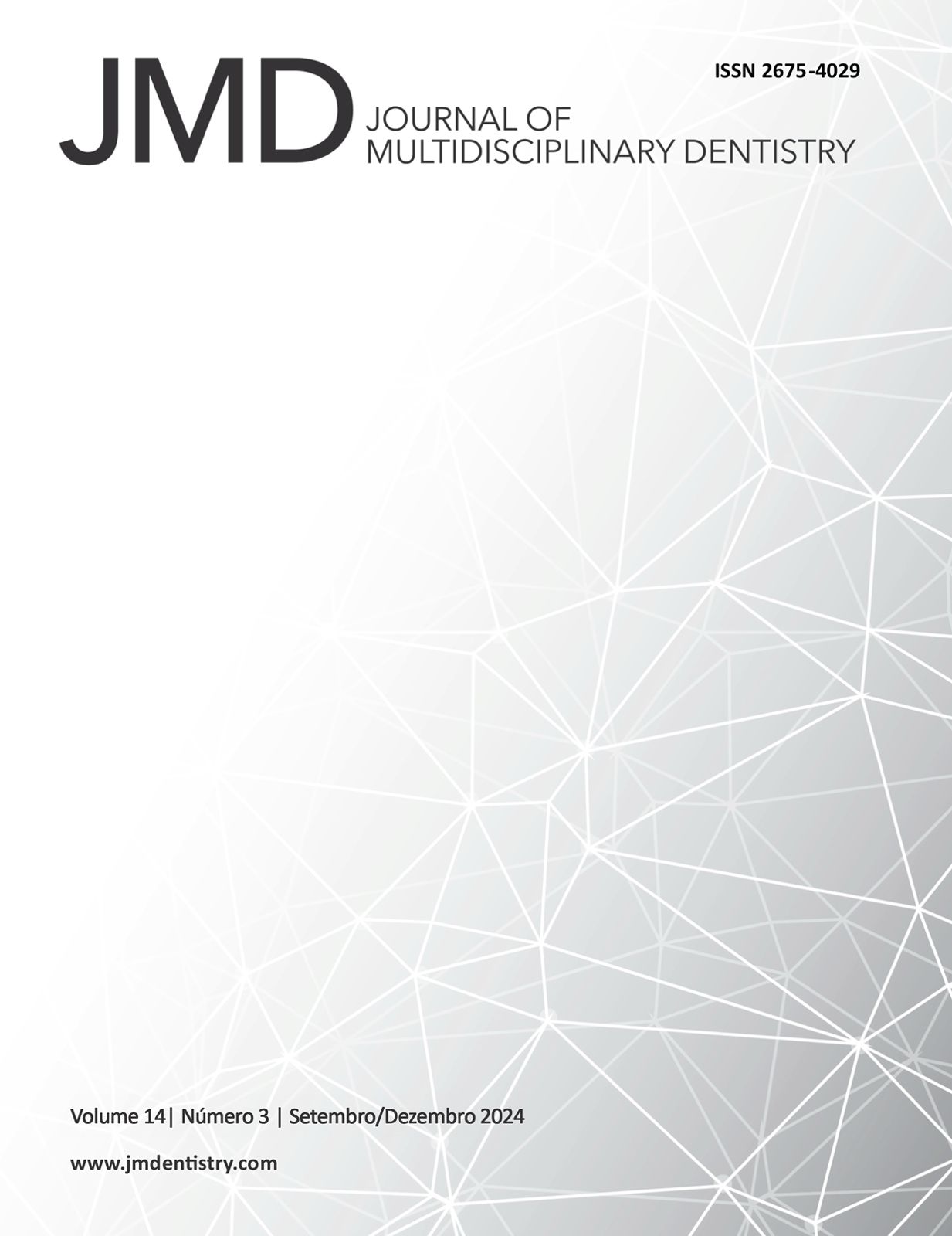Digital workflow and CAD/CAM technologies: operational and economic impacts in Dentistry
DOI:
https://doi.org/10.46875/jmd.v14i3.1266Keywords:
Computer-aided design, Dentistry, WorkflowAbstract
This article explores the economic, operational, and clinical impacts of implementing CAD/CAM technologies and digital workflows in Dentistry. The literature review highlights how these innovations transform the relationship between dentists and patients, offering greater precision, efficiency, and personalization in treatments. Key benefits include the reduction of manual steps, the production of customized dental prostheses and devices, and resource optimization. The integration of technologies such as intraoral scanners, 3D printing, and electronic health records enhances service quality and patient experience. However, the adoption of these technologies faces significant challenges, such as initial implementation costs, the need for specialized training, and reliance on centralized production, which can impact time efficiency. The analysis suggests that integrating prosthetic laboratories into dental offices and employing hybrid models can mitigate these limitations, promoting greater agility and patient satisfaction. The study concludes that the successful digital transition in Dentistry depends on a strategic balance between technological innovation and maintaining personalized care, ensuring high-quality outcomes that meet clinical, aesthetic, and economic demands.


